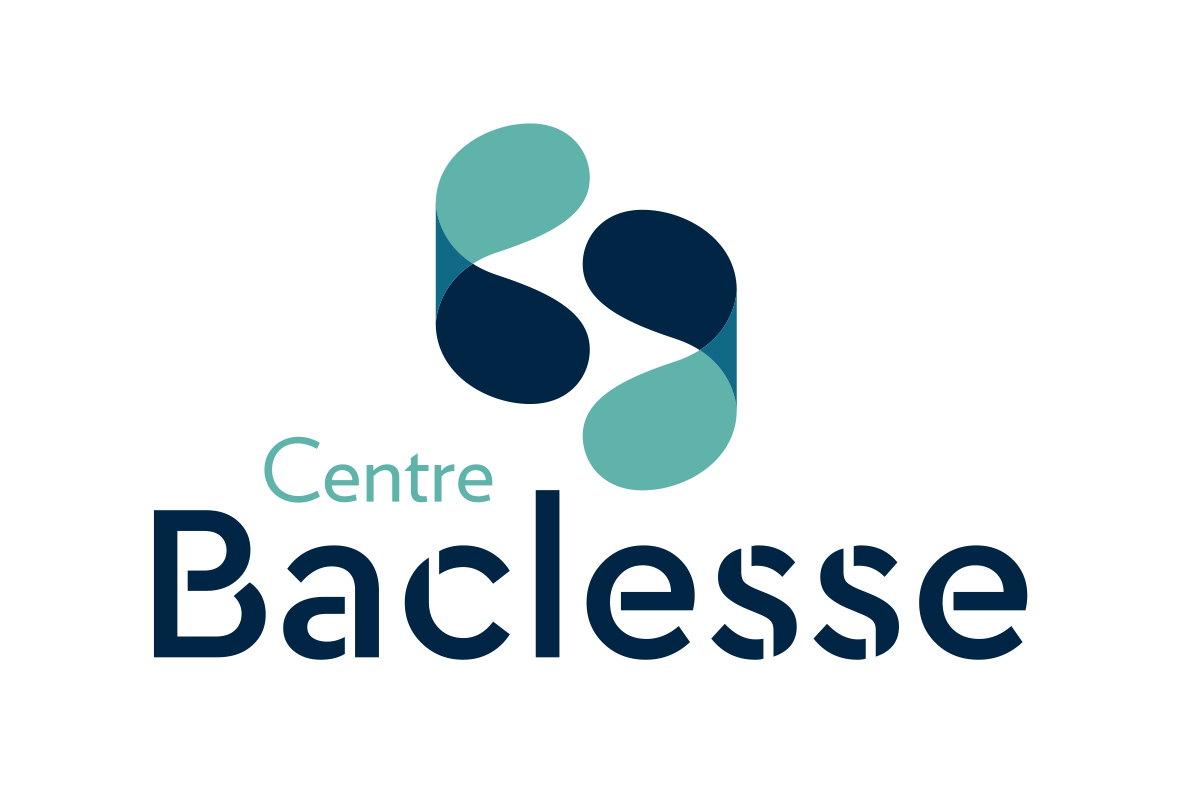A bio-behavioral model of systemic inflammation at breast cancer diagnosis and fatigue of clinical importance two years later
Abstract
Background: We aimed to generate a model of cancer-related fatigue (CRF) of clinical importance two years after diagnosis of breast cancer building on clinical and behavioral factors and integrating pre-treatment markers of systemic inflammation.
Methods: Women with stage I-III HR+/HER2- breast cancer were included from the multimodal, prospective CANTO cohort (NCT01993498). The primary outcome was global CRF of clinical importance (EORTC QLQ-C30≥40/100) two years after diagnosis (year-2). Secondary outcomes included physical, emotional, and cognitive CRF (EORTC QLQ-FA12). All pre-treatment candidate variables were assessed at diagnosis, including inflammatory markers (interleukin [IL]-1a, IL-1b, IL-2, IL-4, IL-6, IL-8, IL-10, interferon gamma, IL-1 receptor antagonist, TNF-α, and C-reactive protein), and were tested in multivariable logistic regression models implementing multiple imputation and validation by 100-fold bootstrap resampling.
Results: Among 1208 patients, 415 (34.4%) reported global CRF of clinical importance at year-2. High pre-treatment levels of IL-6 (Quartile 4 vs.1) were associated with global CRF at year-2 (adjusted Odds Ratio [aOR]: 2.06 [95% Confidence Interval 1.40-3.03]; p=0.0002; AUC=0.74). Patients with high pre-treatment IL-6 had unhealthier behaviors, including being frequently either overweight or obese (62.4%; mean BMI 28.0 [SD 6.3] Kg/m2) and physically inactive (53.5% did not meet WHO recommendations). Clinical and behavioral associations with CRF at year-2 included pre-treatment CRF (aOR vs no: 3.99 [2.81-5.66]), younger age (per 1-year decrement: 1.02 [1.01-1.03]), current smoking (vs never: 1.81 [1.26-2.58]), and worse insomnia or pain (per 10-unit increment: 1.08 [1.04-1.13], and 1.12 [1.04-1.21], respectively). Secondary analyses indicated additional associations of IL-2 (aOR per log-unit increment:1.32 [CI 1.03-1.70]) and IL-10 (0.73 [0.57-0.93]) with global CRF and of C-reactive protein (1.42 [1.13-1.78]) with cognitive CRF at year-2. Emotional distress was consistently associated with physical, emotional, and cognitive CRF.
Conclusions: This study proposes a bio-behavioral framework linking pre-treatment systemic inflammation with CRF of clinical importance two years later among a large prospective sample of survivors of breast cancer.
| Origin | Files produced by the author(s) |
|---|
